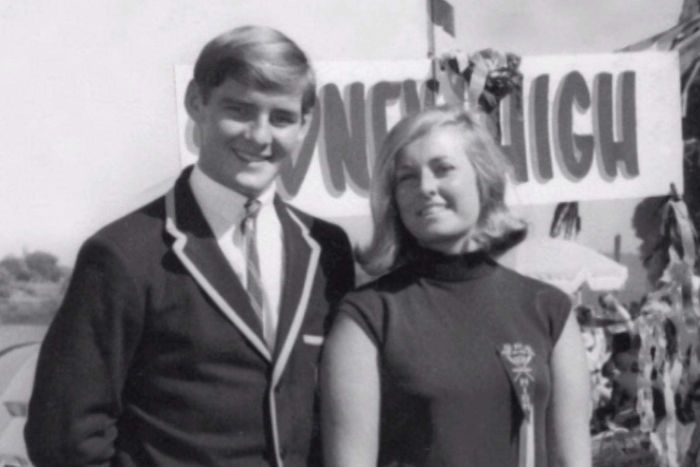
Since the Teacher’s Pet podcast was released and Christopher Dawson charged with the murder of Lynn Dawson, everyone is asking whether there is a possibility he will be convicted even though no body has been found. 
A body definitely makes getting a murder conviction easier, as juries are usually presented with forensic evidence and normally evidence of how the deceased was killed. However, the law states that a jury does not need a body to be convicted of murder, nor does the crown need to prove how the victim died or what caused the death, in order to find beyond reasonable doubt that the accused person murdered the victim.
How the Crown proves guilt beyond reasonable doubt when there is no body nor evidence as to how someone died, is through circumstantial evidence. A circumstantial case is one where several pieces of evidence are presented that do not directly prove the elements of the offence but instead require a jury to infer further facts that would lead to a finding of guilt.
In recent history, there have been numerous high-profile murder trials where people have been convicted on circumstantial evidence without a body. The following are two of the most infamous and controversial.
The Chamberlin ‘Dingo’ Trial
Everyone remembers the words uttered by Alice Lynn Chamberlain, “a dingo stole my baby”.

Although now Mr & Mrs Chamberlin have been officially cleared of the murder of their daughter and a fourth and final coronial determined that the cause of death was “as a result of being attacked and taken by a dingo”, both Mr & Mrs Chamberlin were convicted of murder which was upheld by the High Court of Australia.
The High Court found that the jury were entitled safely to convict on the circumstantial evidence. Specifically, Chief Justice Mason and Justice Gibbs jointly said that:
“…the Crown does not bear the onus of solving all the mysteries that may have attended a crime, or of establishing in every detail how it was committed, provided that it is proved satisfactorily that the crime was committed and that the accused committed it.”
It was only when in 1986 Azaria’s missing matinee jacket was found at Uluru, which supported the Chamberlain’s defence case, that things changed. Mrs Chamberlin was released from custody and a Royal Commission found her innocent. Then in 2004, Frank Cole claimed he shot a dingo at Uluru in 1980 and found Azaria in its jaws.
The Chamberlin’s have been issued a formal apology and received a significant amount of money from the government. The case, however, remains controversial to this day.
The trial of Keli Lane
Recently, the ABC sparked new interested in this case with their ‘Keli Lane Exposed’ documentary. We understand a request for judicial review has been made.

Keli Lane remains the convicted murderer of her daughter, Teagan, whom the Crown said she killed 2 days after giving birth. Keli has always maintained that she gave her baby to the father, a Mr Andrew Norris (although she has recently admitted that the name could have been different). Teagan or the person Keli said she gave Teagan to alive, have never been found.
After a coronial inquest, Keli Lane was charged with murder and on 13 December 2010 she was found guilty by majority verdict.
This guilt was upheld by the Court of Criminal Appeal.
The case of Keli Lane remains controversial due to the focus on her past pregnancies and significant lies. There was no forensic evidence such as the blood or clothing that was seen in the Chamberlin case. This case focused instead on the lack of evidence, the lack of evidence that Keli has disposed of her child lawfully, of a Teagan being alive and of an Andrew Norris. All this evidence is circumstantial.
The Court of Criminal Appeal held that in all the circumstances, the verdict of guilty was amply open to the jury, and the court was satisfied that the evidence established beyond reasonable doubt the appellant’s guilt of the offence.
What does this mean for the trial of Christopher Dawson?
It may be that the influence of the media, the Teacher’s Pet podcast and the long delay since the death of Lyn Dawson leads to another controversial high-profile murder trial where circumstantial evidence will determine guilt or innocence.
Cover photo by Kat Wilcox